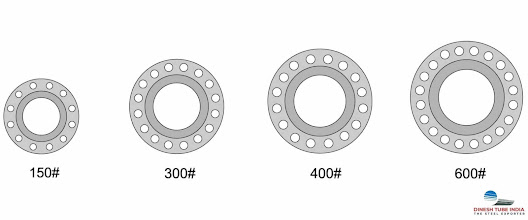Dimensional Standards For Stainless Steel Forged Fittings
Fittings made of forged steel connect pipes in plumbing systems. In a plumbing system carrying fluids or fluidized products, stainless steel forged fittings are used to lengthen, support, or change the flow direction. Assuring safety and reliability, forged pipe fittings provide the strongest connections.
Forged stainless steel fittings resist corrosion and rust better than plain iron or carbon steel fittings. A solid state forging process alters the product’s shape as well as refines and improves its metallurgy through thermal and mechanical processes.
Forged stainless steel has:
High impact toughness
Improved wear resistance
Directional material flow to provide added strength
Fine grained structure for best fatigue properties
In order to achieve success on a project, it is important to understand the differences between the various types of forged fittings. In the USA and other countries, ASTM A182 and ASME SA182 are the most commonly used standards when designing critical piping systems.
Stainless Steel Forged Fittings Dimensions
There are a variety of stainless steel forged fittings available in a variety of sizes, shapes, and compositions, but sometimes standard components are not sufficient. In case of special fittings that exceed standards or require unique construction, QC Forge offers forging design assistance.
Pressure and flow capacity are determined by the weld fitting dimensions of the stainless steel socket weld fittings. The team at QC Forge is ready to assist you if you cannot find the specific components you need in the standards.
Standard fittings are capable of handling 13.8 MPa, 20.7 MPa, 41.4 MPa, and 62 MPa (13.8, 3,000, 6,000, and 9,000 PSI). Depending on the diameter, the tubes can range from .125 inch (3.176 mm) to 4 inch (101.6 mm). For pipes, fittings are usually threaded or designed to be welded socked or butted.
Marking
The collar portion, raised pad, or raised boss portion of the forging must be permanently identified through raised letters, stampings, electro-etchings, or vibration toolings. On cylindrical fittings, the marking must be placed on the outside diameter or end of the fitting so as to prevent the marking from being obliterated during welding. This standard does not require marking of bushings or plugs.
Marking specifics
Specific marks should include (but not be limited to):
Trademark or name of the manufacturer
Forgings shall comply with applicable ASME specifications A105, A182, A350, B160, B164 or ASME/ANSI B16.34 Table 1 (see section 5.1).
Compliance with product specifications.
To indicate compliance with this standard, the fittings in Section 1.1.1 shall be marked with the ASME Pipe Fitting Specification (e.g. “WP_”) or the symbol “B16”.
In Section 1.1.2, replaceable fittings bearing ASME forging marks (A105, A182, A350, etc.) shall not bear B16 markings.
In Section 1.1.2, replaceable fittings marked with ASME fittings (A234, A403, A420, and B366) shall be marked with the ASTM specification for special or non-standard fittings.
For more information visit
https://thesteelexporter.com/dimensional-standards-for-stainless-steel-forged-fittings/
#dimensional #stainless #steel #forgedfittings #pipe #fitttings #specification #forgigng #thesteelexporter




Comments
Post a Comment